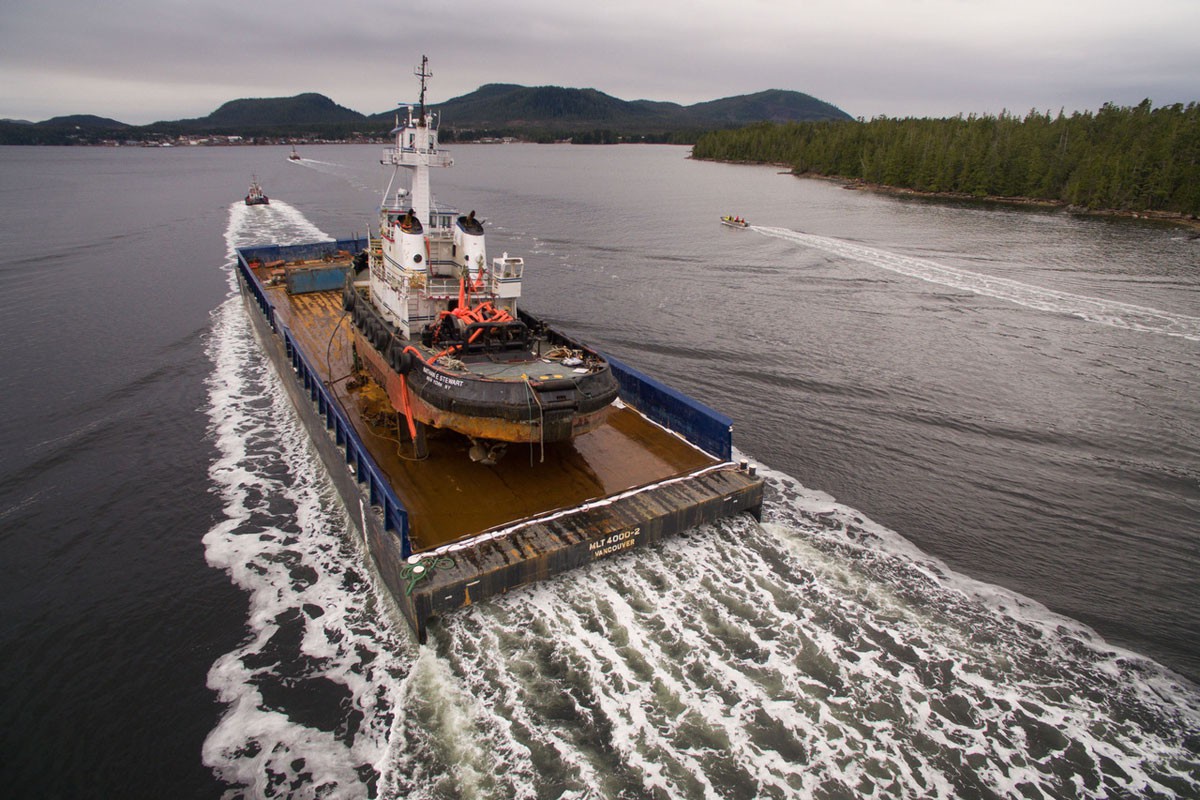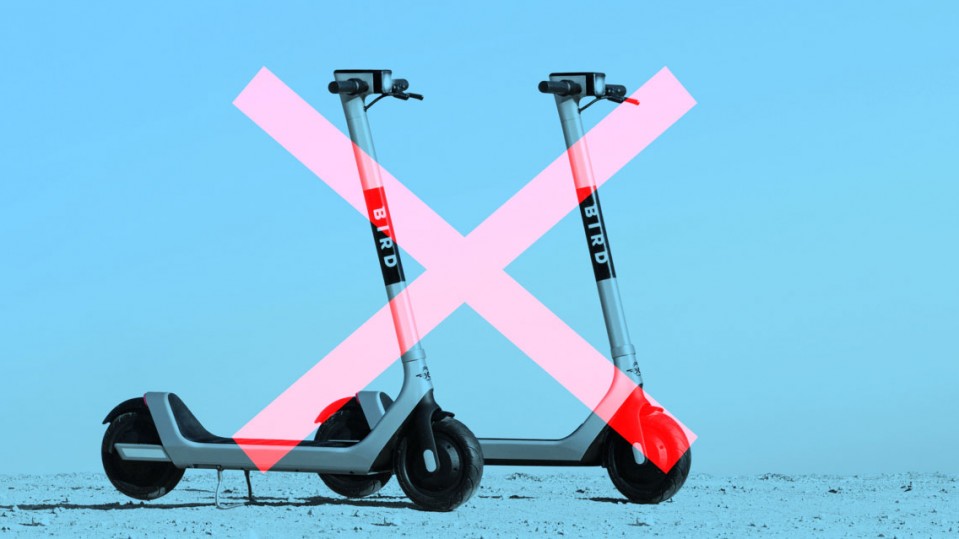The County Sustainability Group has been involved with Water Rangers for the past 3 years. Contact us if interested in borrowing one of our test kits that we have available to loan out. E-mail: csgz@yahoogroups.ca
Joint initiative by Water Rangers and WWF Canada will test health parameters of water bodies across Canada

Kat Kavanagh, executive director of Water Rangers, and Elizabeth Hendriks, VP of Freshwater at WWF Canada, are seen here measuring dissolved oxygen in water. (Supplied by WWF Canada)
Citizen scientists can now monitor the water quality of bodies of water across Canada using portable water testing kits.
A joint project by the World Wildlife Fund Canada and the organization Water Rangers will provide testing kits to communities across the country, to fill in data gaps about water in Canada.
Over the last few years, WWF Canada conducted research that showed information on the health of Canada’s water was lacking across the country.
“We found that 65 per cent of our watersheds didn’t have enough data available to understand the health of them,” said Heather Crochetiere, senior fresh water specialist at WWF Canada.
Using Water Rangers’ portable test kits, individuals — from kids to seniors — can test general health parameters of lakes, rivers and streams across Canada, including pH, hardness of the water, alkalinity, clarity, oxygen, air temperature and conductivity.

The contents of a water testing kit includes tools to measure pH, dissolved oxygen, water temperature, water hardness and conductivity. (Rumneek Johal/CBC)
The portable kits come complete with instructions for the various water tests, and tests themselves only take from ten to 15 minutes to complete.
“A lot of people think that science is too complicated. I don’t think it has to be,” said Kat Kavanagh, executive director of Water Rangers.
Citizen science can help gather baseline data on water health across Canada. MORE
RELATED:


/https://www.thestar.com/content/dam/thestar/news/canada/2019/08/02/poll-shows-majority-of-canadians-say-economy-should-shift-from-oil-and-gas-but-most-dont-know-the-green-new-deal/_1_oilgas.jpg)



 Photo:
Photo: 
/https://www.thestar.com/content/dam/thestar/news/investigations/2019/07/25/ottawas-funding-offer-for-mercury-care-home-in-grassy-narrows-far-less-than-needed-chief-says/_2_turtle_file.jpg)

